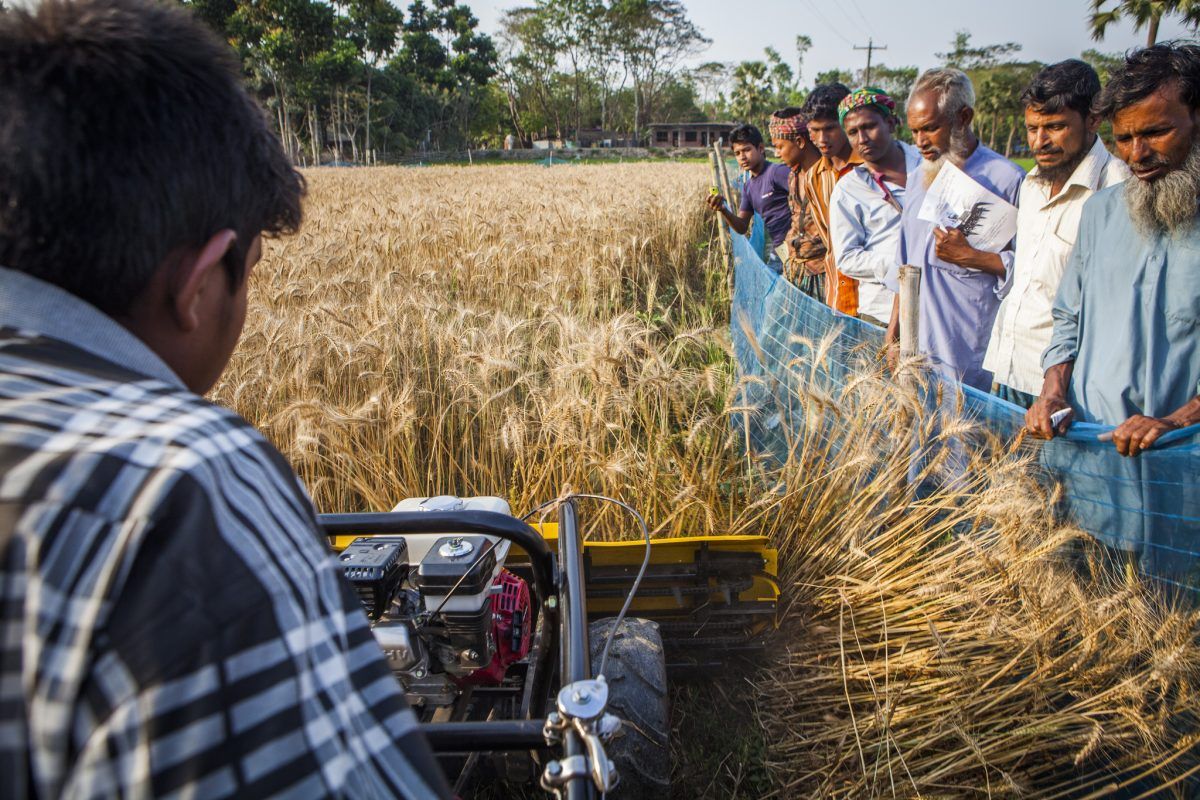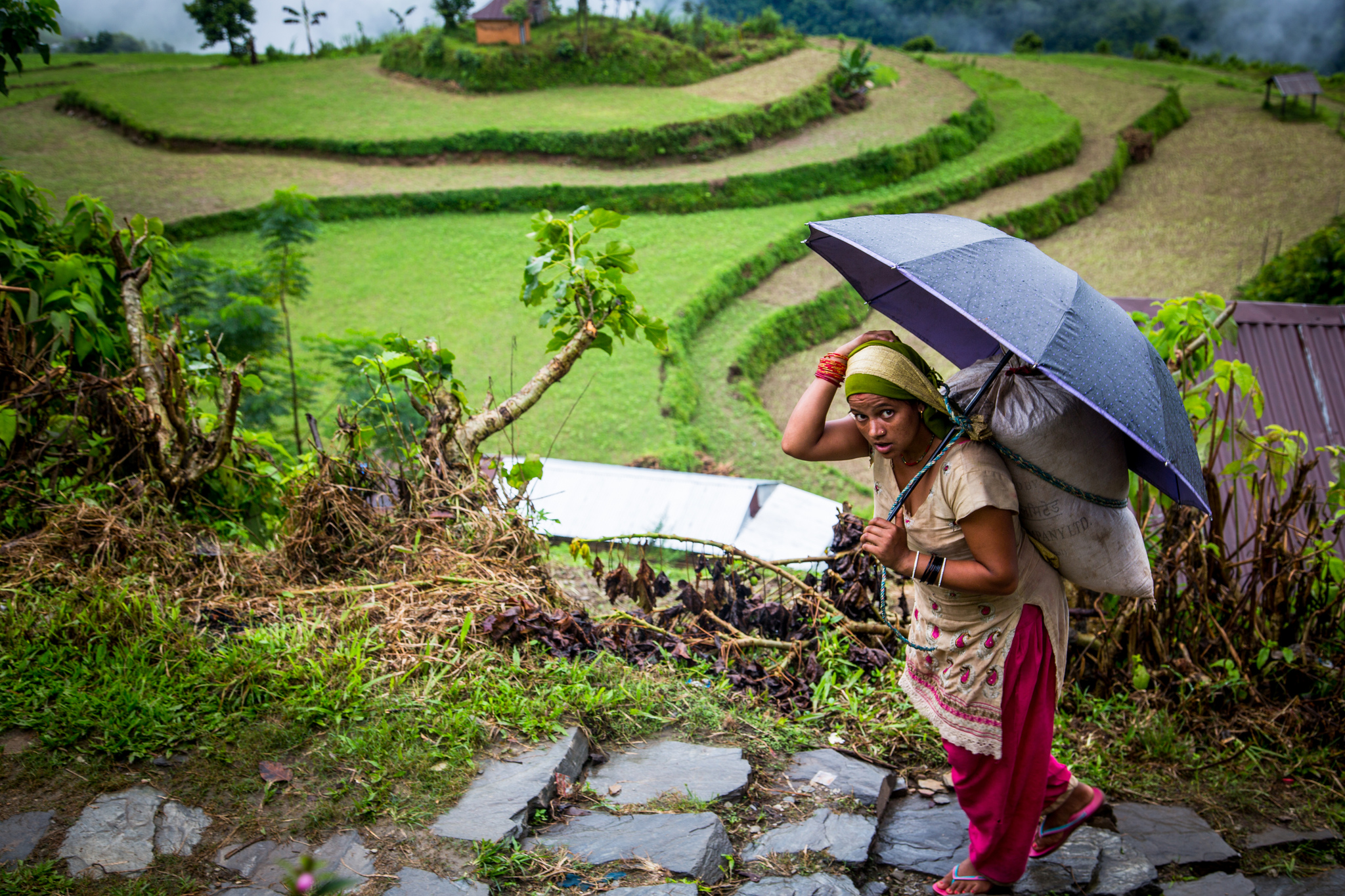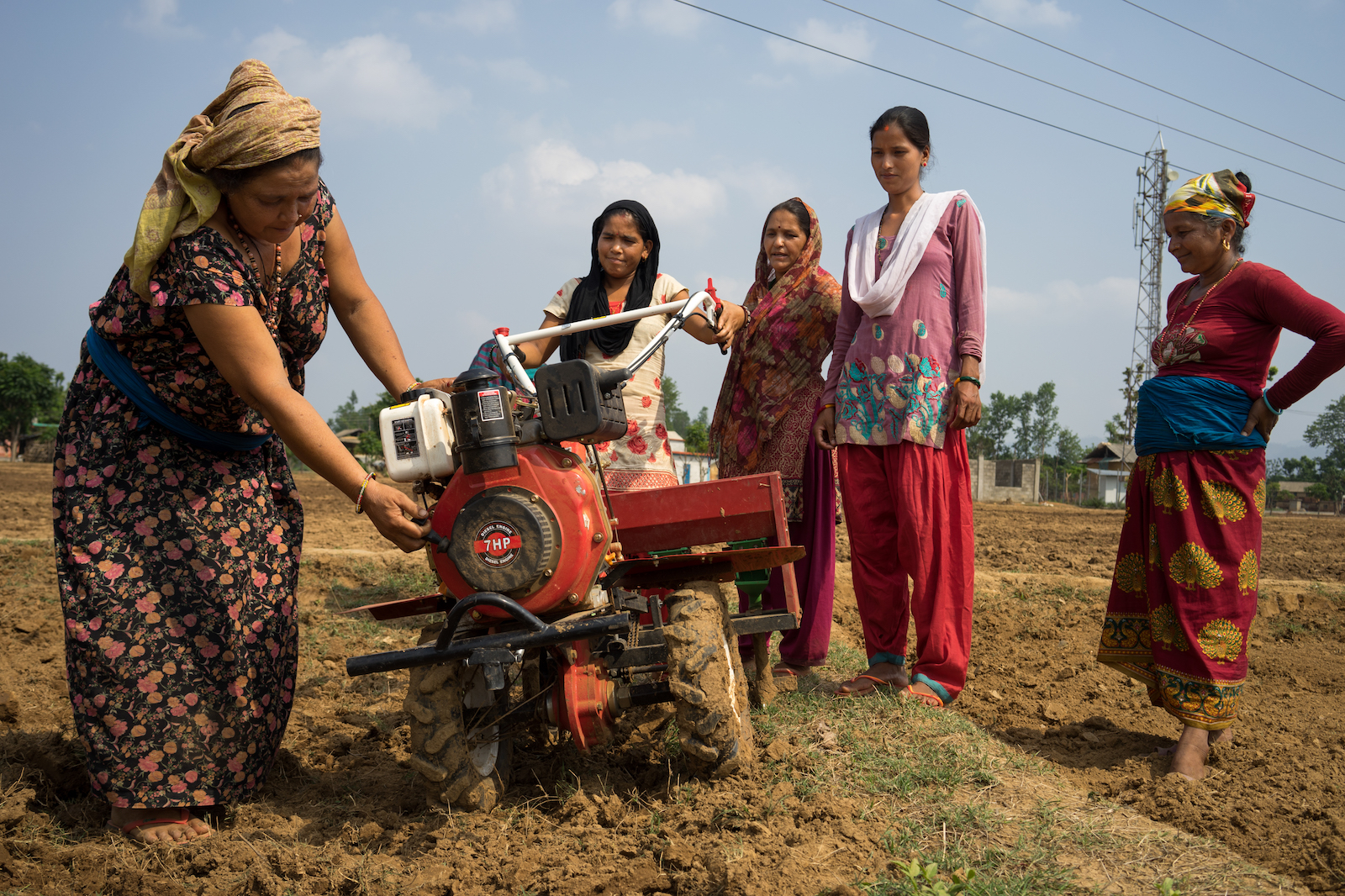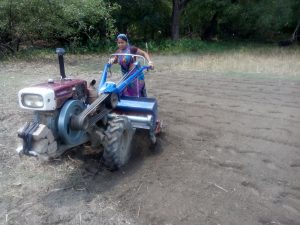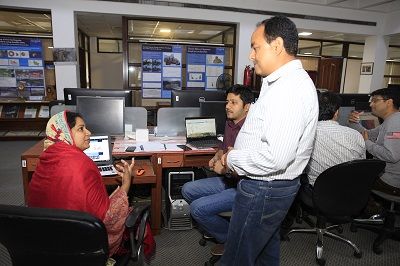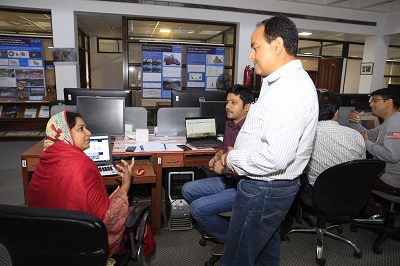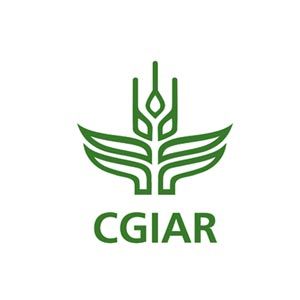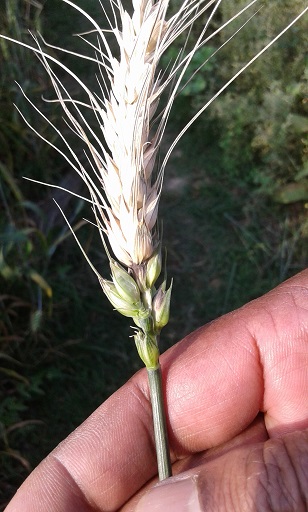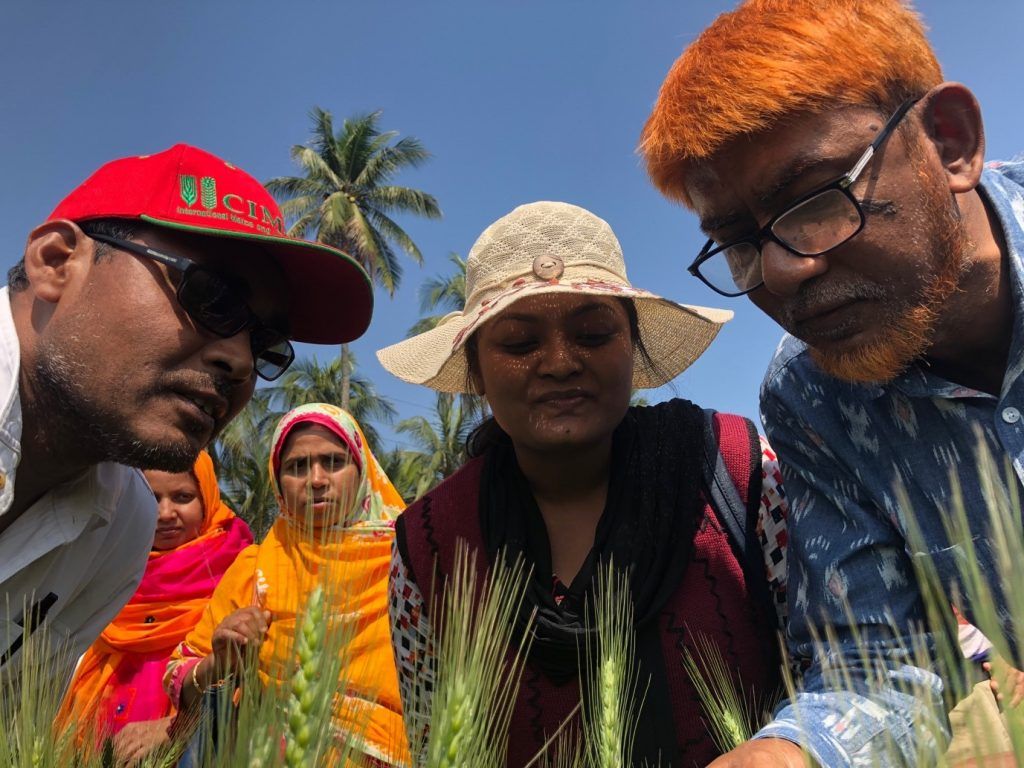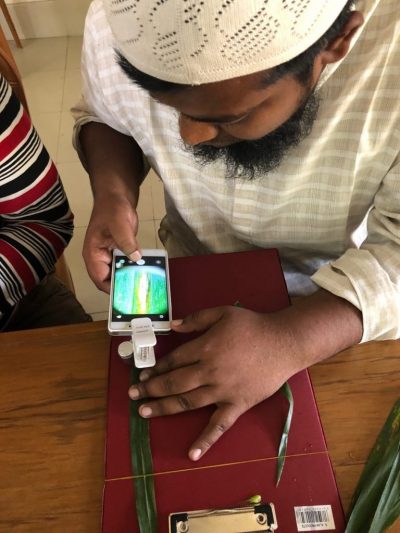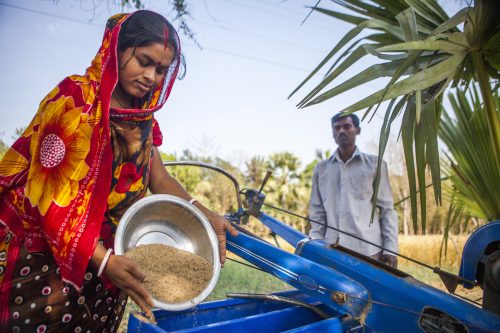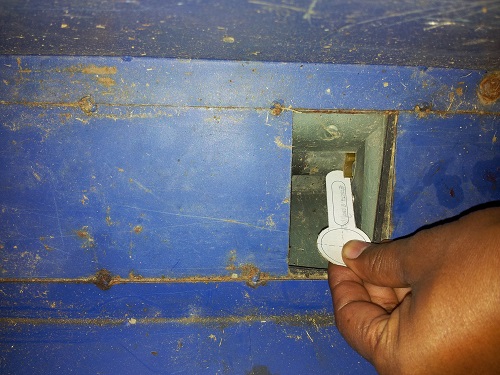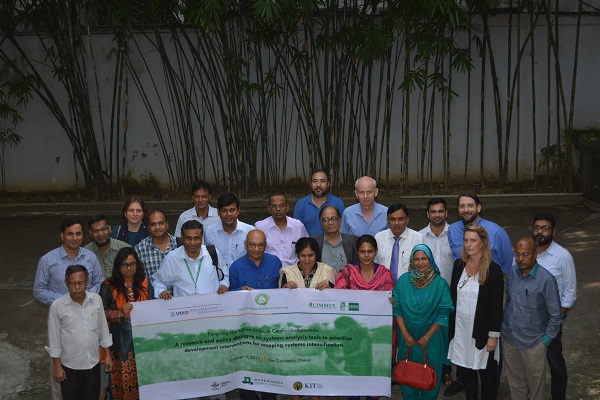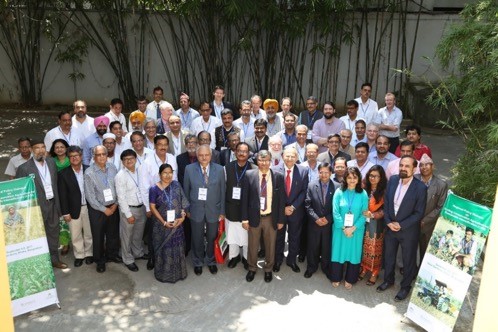Scaling up mechanization in Bangladesh through partnerships
Over the last two decades, a significant number of rural Bangladeshis – especially youth – have migrated to urban centers, looking for higher paying jobs and an escape from agricultural labor. 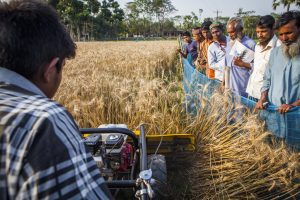 Conor Riggs is the Global Director of Markets and Entrepreneurship at iDE. He says smallholder farmers in Southern Bangladesh are increasingly struggling to find and afford farm labor to help harvest crops and perform a variety of other on-farm activities.
Conor Riggs is the Global Director of Markets and Entrepreneurship at iDE. He says smallholder farmers in Southern Bangladesh are increasingly struggling to find and afford farm labor to help harvest crops and perform a variety of other on-farm activities.
Riggs says small-scale mechanization, such as two-wheeled tractors fitted with intensification machinery and surface irrigation pumps, can help farmers make up for this labor gap and increase productivity, while boosting the local economy by supporting micro- and small enterprises.
But as Riggs discussed at the recent Scale Up Conference at Purdue University, designing the perfect machine or technology is not enough to create sustainable, far-reaching impact. On the International Day for the Eradication of Poverty, we’re following up with him to learn more about the role of markets and partnerships in bringing small-scale mechanization to rural Bangladesh.
Q: Five years ago, CIMMYT and iDE co-designed and began implementing the USAID Cereal Systems Initiative for South Asia – Mechanization and Irrigation (CSISA-MI) project. What were the goals when you began?
Our goal was to establish a new industry for attachments in two-wheel tractors in agricultural mechanization, technologies like seeders, reapers and high-volume irrigation pumps for surface water. We wanted to help farmers access services through a fee-for-service model – small entrepreneurs buy machines and rent out those machines to farmers or directly provide that service themselves. There wasn’t really a market naturally growing for these machines in ways that included smallholders while being commercially viable, so we aimed to build it as best we could.
The results of this effort to date have been strong: 191,000 farmers can now access machinery services from a growing network of nearly 3,000 local microenterprise service providers, representing improved cultivation across 92,000 hectares in Southern Bangladesh. And we see abundant evidence that this market is scaling organically now that it’s established a model that works for both firms and farms.
Q: How did you create a market?
We incentivized several large conglomerates in the agri-business space to co-invest with us on several container-loads of these machines, which we imported from Thailand and China. We helped them find some early adopter dealers and local service providers who would actually buy them. Then we developed short-term smart subsidies to drive down the costs of supply chain development, accelerated customer adoption of the machines, and overall market growth.
An important aspect of our strategy is that we did not present these accelerating investments as typical subsidies; rather, we worked with our private partners to offer commercial discounts so that service providers and farmers 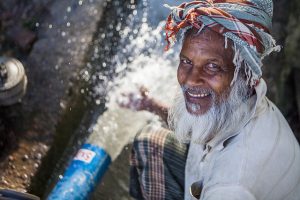 would recognize the true value of the product and the short-term opportunity to adopt the technology in its initial commercialization phase.
would recognize the true value of the product and the short-term opportunity to adopt the technology in its initial commercialization phase.
We first implemented this strategy with two leading firms in the market who concurrently launched a very proactive marketing campaign. Then we started pulling back those discounts overtime, year by year, as the initial partner firms found the market opportunity, and redirected this acceleration process with an additional group of interested companies that also wanted to enter the market in an inclusive manner.
Q: So the companies were benefiting from the discount?
Yes, but we created a lot of conditions. Essentially, the more project investment that was committed by the project to discount the cost of the machinery, the more we expected to see both cash and in-kind investment from those companies. In the end, about a dozen companies come into the game with about five that have really driven a lot of heavy investment.
Partnerships have been key throughout this project. What were the different strengths iDE and CIMMYT brought to the table?
iDE is a market development organization. We focus on market-based solutions, technology commercialization, last mile distribution, and market access. Fundamentally, we see our job as de-risking the market for companies to invest in lower income areas and empower the farmer and their family as both consumers and suppliers in the formal economy. To do this, we employ a lot of supply chain development, product re-design and most importantly, we develop networks of micro-entrepreneurs to serve the ‘missing middle’ between the formal and informal economies.
CIMMYT brings leading capabilities in linking science and practice, with an un-paralleled strength in understanding the agronomic rationale and the agronomic and economic combinations of the technologies as they’re applied on the ground.
CIMMYT knew what technologies were needed on the ground in Southern Bangladesh to genuinely improve productivity and efficiency in the face of changing economic circumstances, and understood how to apply them to real world conditions in alignment with market-based diffusion mechanisms. CIMMYT was also instrumental in working closely with the Bangladesh Agriculture Research Institute (BARI) and extension services, key government partners that helped us ensure market development was in alignment with public and social policy.
It can be difficult finding a synergy between two different organizations. Did you run into any challenges?
CIMMYT and iDE have different specializations, and at the beginning, we had natural, friendly debates about how to best integrate them and achieve highly ambitious project objectives. But relatively quickly, we figured out how to learn from each other and synthesize our approaches for the best results. Both CIMMYT and iDE approached the partnership with a mission driven focus and a sense of constant, mutual respect for the value each partner brought to the table.
What do you see for the future?
As for iDE, we’re excited to expand this successful partnership with CIMMYT to figure out how we can further replicate this success in other countries where we both work. While some of the market conditions in Bangladesh have provided us with unique opportunities for technology scaling in mechanization, we’re highly optimistic that the underlying partnership principles and management systems of CSISA-MI can be replicated in other programs and country contexts – even in ostensibly more challenging market environments.
The CSISA-MI project is funded by USAID.
